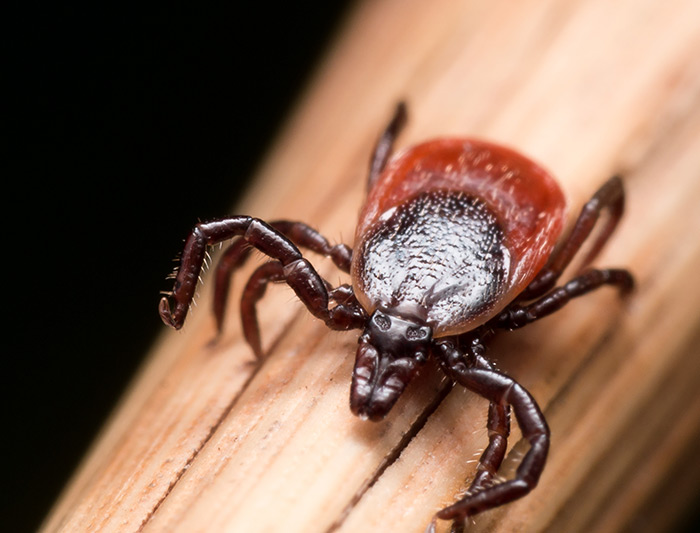L yme disease is an expensive illness, especially when patients present with late manifestations or remain symptomatic following therapy.1,2 Nationwide, annual direct medical costs could reach 1.3 billion dollars.1 Direct medical costs increase significantly when therapy fails to return patients to their pre-Lyme baseline.1 The bulk of Lyme-related costs are due to indirect medical costs, nonmedical costs and lost productivity. These costs increase with long-standing disease.2
Despite the financial burden, Lyme disease is a research-disadvantaged illness. Clinical trial evidence is generally scant and/or of low quality and, because antibiotic therapy relies on generic drugs, there is limited pharmaceutical interest in conducting additional clinical trials. This paper reviews the trial evidence and offers innovative, evidence-based strategies for managing patients with known blacklegged tick bites or early Lyme disease.
Management of Blacklegged Tick Bites
 Blacklegged tick bites acquired in Minnesota carry a significant risk of Lyme disease. When possible, physicians should estimate the risk of a specific bite by multiplying the transmission rate for the tick’s attachment time by the Borrelia burgdorferi infection rate in the population that the tick came from.3 However, both variables are subject to significant uncertainty.3 While a 2018 study of 64 Minnesota sites found that 24% of nymphs were infected with B. burgdorferi, site-to-site infection rates varied considerably, from 0-64%.4
Blacklegged tick bites acquired in Minnesota carry a significant risk of Lyme disease. When possible, physicians should estimate the risk of a specific bite by multiplying the transmission rate for the tick’s attachment time by the Borrelia burgdorferi infection rate in the population that the tick came from.3 However, both variables are subject to significant uncertainty.3 While a 2018 study of 64 Minnesota sites found that 24% of nymphs were infected with B. burgdorferi, site-to-site infection rates varied considerably, from 0-64%.4
Estimating attachment time is also problematic.3 The longer an infected tick is attached, the more likely it is to transmit Lyme disease. This relationship is nonlinear; a small increase in the attachment time can significantly increase the likelihood of transmission. In a mouse model, the transmission probability for attachments of <24 hours was quite low, rising to 13% at 48 hours, 50% at 60 hours, 80% at 72 hours and 94% at repletion/96 hours.5
A simplified approach is to assume that partially engorged ticks in Minnesota carry a substantial transmission risk. A large post-tick-bite prophylaxis study that likely had nymphal infection rates comparable to the average rate in Minnesota found that 9.9% of bites from partially engorged ticks produced an erythema migrans (EM) rash at the bite site.6…..Join or login below to continue reading.






















 The Minnesota Academy of Family Physicians published the following article in the Spring 2020 issue of its magazine. The quarterly publication is sent to the state’s 3200+ family practice physicians, typically the first practitioners newly infected Lyme patients will consult.
The Minnesota Academy of Family Physicians published the following article in the Spring 2020 issue of its magazine. The quarterly publication is sent to the state’s 3200+ family practice physicians, typically the first practitioners newly infected Lyme patients will consult.





